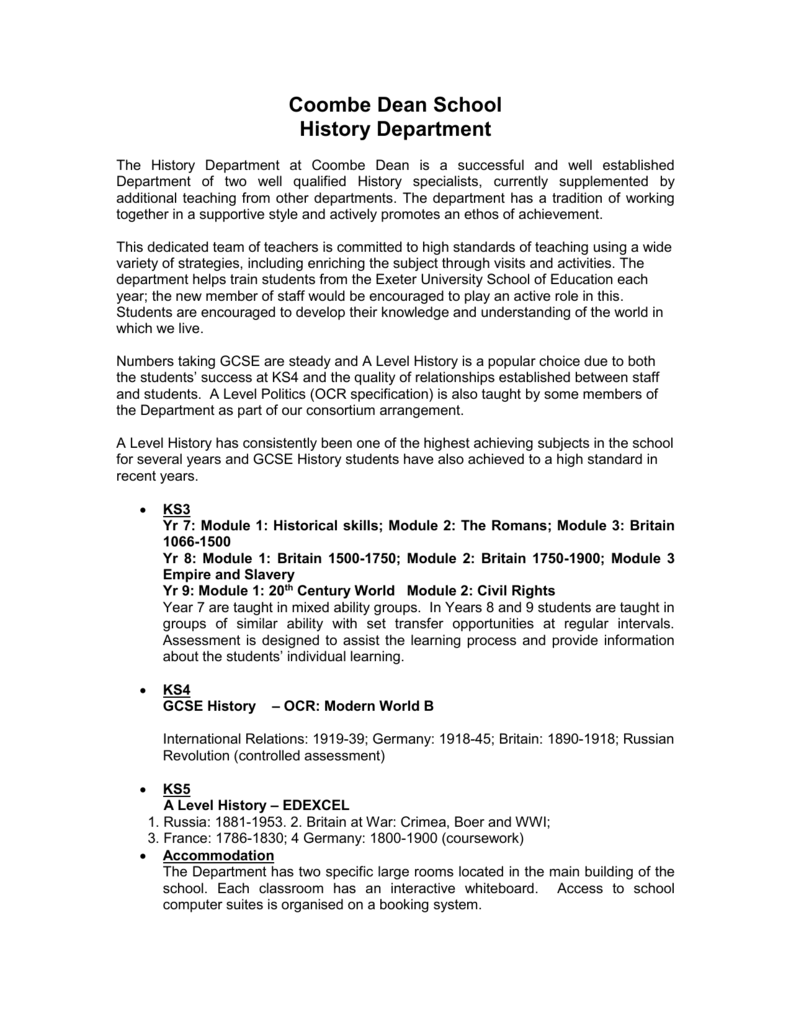Before starting your essay, it is necessary to understand the structure of ocr history coursework. In this article, we’ll cover the Structure of an ocr history coursework, the sources you need, and Reading for sources. These tips can help you write a great piece of history coursework that stands out from the competition. We’ll also discuss how to use primary and secondary sources to make your essay more interesting.
Structure of ocr history coursework
The OCR has revised its specifications for the AS and A levels in history, introducing a new International Relations Core that charts the key changes, issues, and people in British history since 1906. The syllabus also includes optional depth studies. The coursework consists of two units, each with a different focus, and is monitored by regional coursework consultants. OCR provides a wealth of resources for students studying history. Below are some tips for tackling coursework in OCR AS and A levels:
To prepare a course proposal, teachers should submit it to OCR at least one term before the start of the new academic year. They must provide examples and advice on the type of tasks they will be presenting to students and how to set them. OCR also provides teachers with a Coursework Guide, which contains information on constructing coursework units and marking them. In addition, it contains approved tasks for teachers. OCR has appointed several consultants to monitor and assess the quality of coursework proposals.
Use of primary sources
In OCR History, students should consider the range of primary sources, debates, and interpretations. This is one way to develop skills in historical analysis, evaluation, and judgment. They should also be aware of the limitations and strengths of each source. The questions on the exam paper should begin with the phrase ‘To what extent’ or ‘Assess the validity of a view.’ The question is to demonstrate the student’s understanding of the limitations and value of primary sources.
The OCR A-level History course uses Britain between 1900 and 1951 as its example. Students may also use the AQA or Edexcel history syllabus. In the use of primary sources essay, the provenance of a source is a crucial aspect. The evaluation of the source, its content, and its support are critical to getting top marks. However, students must choose sources with substantial content. A good source essay is a combination of the following:
As a student, you should never plagiarize anything from a source. Even if it is a primary source, you must still avoid using too many of them in a single paper. It will look unprofessional, and may even lead to malpractice if your sources are not original. Therefore, it is essential to use footnotes to validate your bibliography. Higher education places great value on the use of footnotes and referencing sources properly.
The best sources contain both the facts and the author’s perspective. The primary source should not be the sole source of information; it should be one of two or three books. As much as possible, choose two primary sources that provide clear arguments. A third source should demonstrate your ability to analyze sources. The purpose of the assignment is to demonstrate your source analysis skills. Your essay should be well-rounded and show that you have a strong understanding of history.
Use of secondary sources
Secondary sources refer to documents written about past events and interpret them in a new light. While the facts in a primary source may remain the same, the interpretations may change drastically. Secondary sources that were published decades ago may not reflect current understandings of the past, or they may be criticized. This guide discusses the importance of using secondary sources to support primary sources. In OCR history coursework, secondary sources should be used in conjunction with primary sources to support historical interpretations of events.
Secondary sources are books and articles written by historians. Primary sources are written by people who lived in a particular time and place. Secondary sources are the interpretations and works of other historians. In history coursework, using both types of sources is necessary for achieving high marks. In the A-level examination board, these documents are called interpretations. By using both primary and secondary sources, students can demonstrate the range of their historical knowledge and skills.
Reading for sources
There are many methods to use when reading for sources when writing your OCR history coursework, but the most effective ones are not those that you can find in textbooks. These methods involve using social statistical tools such as attitude scaling. By using these methods, you will be able to spot which sources are most accurate and which ones are not. As a result, you will be able to save precious time during the exam.

